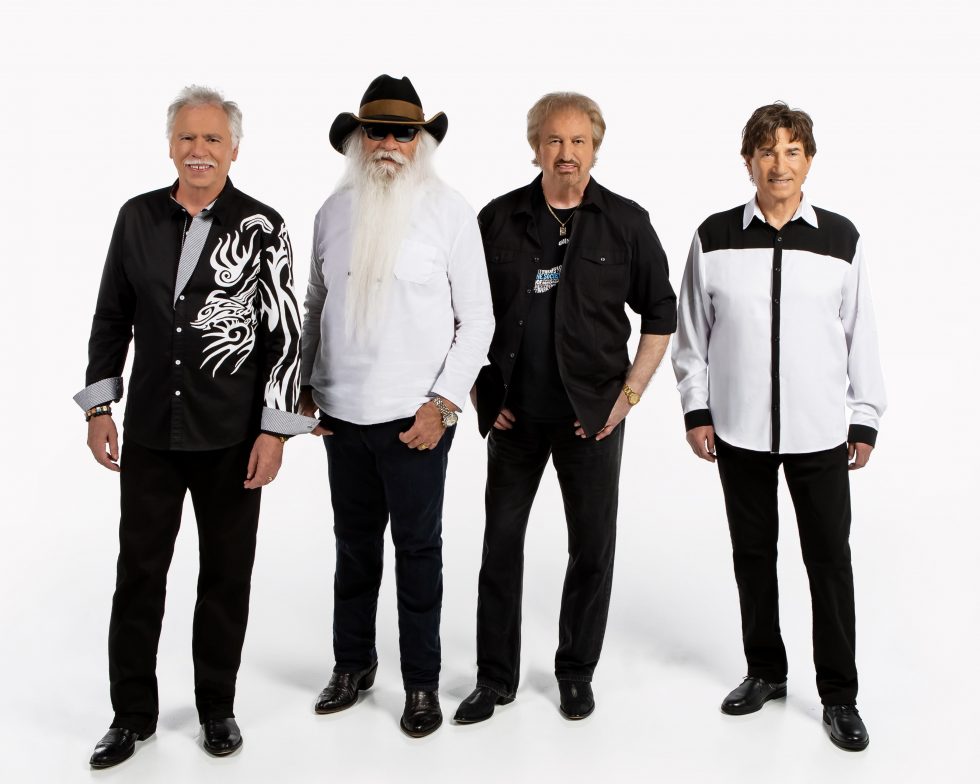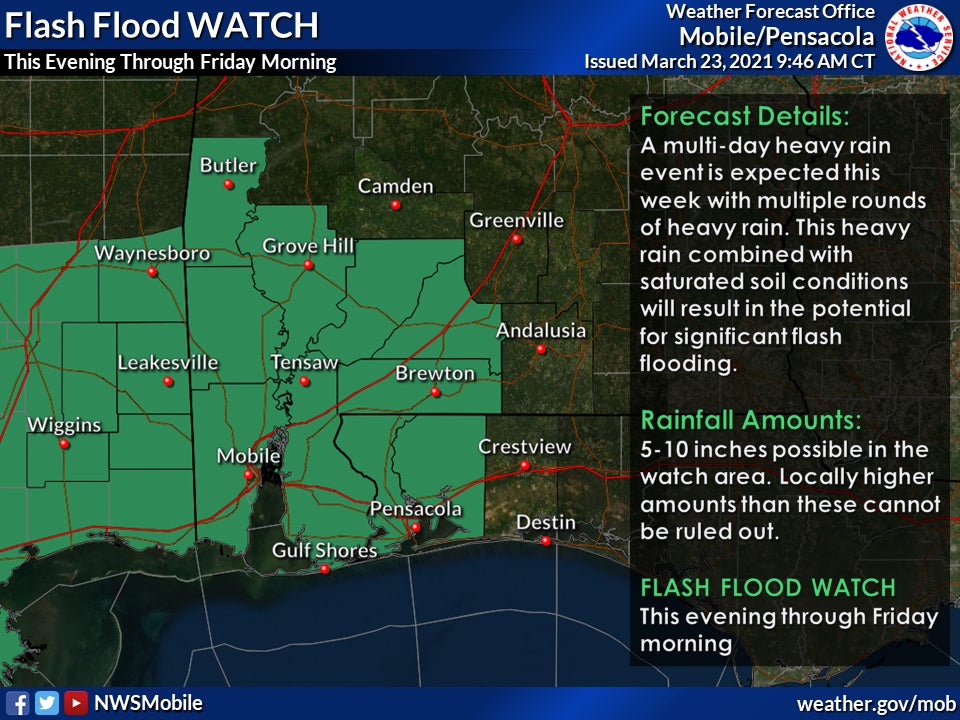E-911 addresses mobile calls
Published 6:34 am Wednesday, July 16, 2003
By By MATT JORDAN – Reporter
About a third of all emergency calls across the nation areplaced on cell phones, and in Escambia county alone the ratio of cell phone calls to regular phones is evenly split.
Since the cell phones are mobile, when the call is placed, the 911 dispatchers have a difficult time getting a position on the distressed caller.
To ensure fast and accurate assistance, the Federal Communications Commission proposed a plan that enhanced the E-911 plan. Their objective is to locate within 50-300 meters of where the call was placed.
There are two phases that the county has been working to advance towards.
In Phase I, which is what our county is in now, the most you can do is to send your cell phone number and location of the cell site to the appropriate 911 call center.
In cities, it is harder to track the call, because a single tower can cover over many miles. In smaller towns, however, since the towers are more densely located, it is easier to locate the call.
Phase II requires carriers to provide 911 centers with wireless caller's location within 50 to 300 meters, and LeAnne Blackman, administrator Escambia County E-911, says they are working up to this phase.
Blackman says it becomes a problem when, for example, a wreck happens on the Interstate.
The Federal Communications Commission set up specific milestones for wireless carriers to update all their equipment so they will be able to locate 911 emergency phone calls. This phase will not be deployed until the end of 2005.
Some wireless carriers, including Southern LINC from Southern Company, have moved forward with AGPS technology that will bring them into compliance with Phase II.
The GPS chip communicates with satellites and ground-based antennas that help calculate the cell phone user's longitude and latitude.
The technology doesn't track the user, but rather it obtains location information on demand. Placing a call to 911 triggers the technology to begin determining a caller's location.
According to Holly Henderson, regulatory affairs manager at Southern LINC, her company is moving ahead to include the technology in its products.




